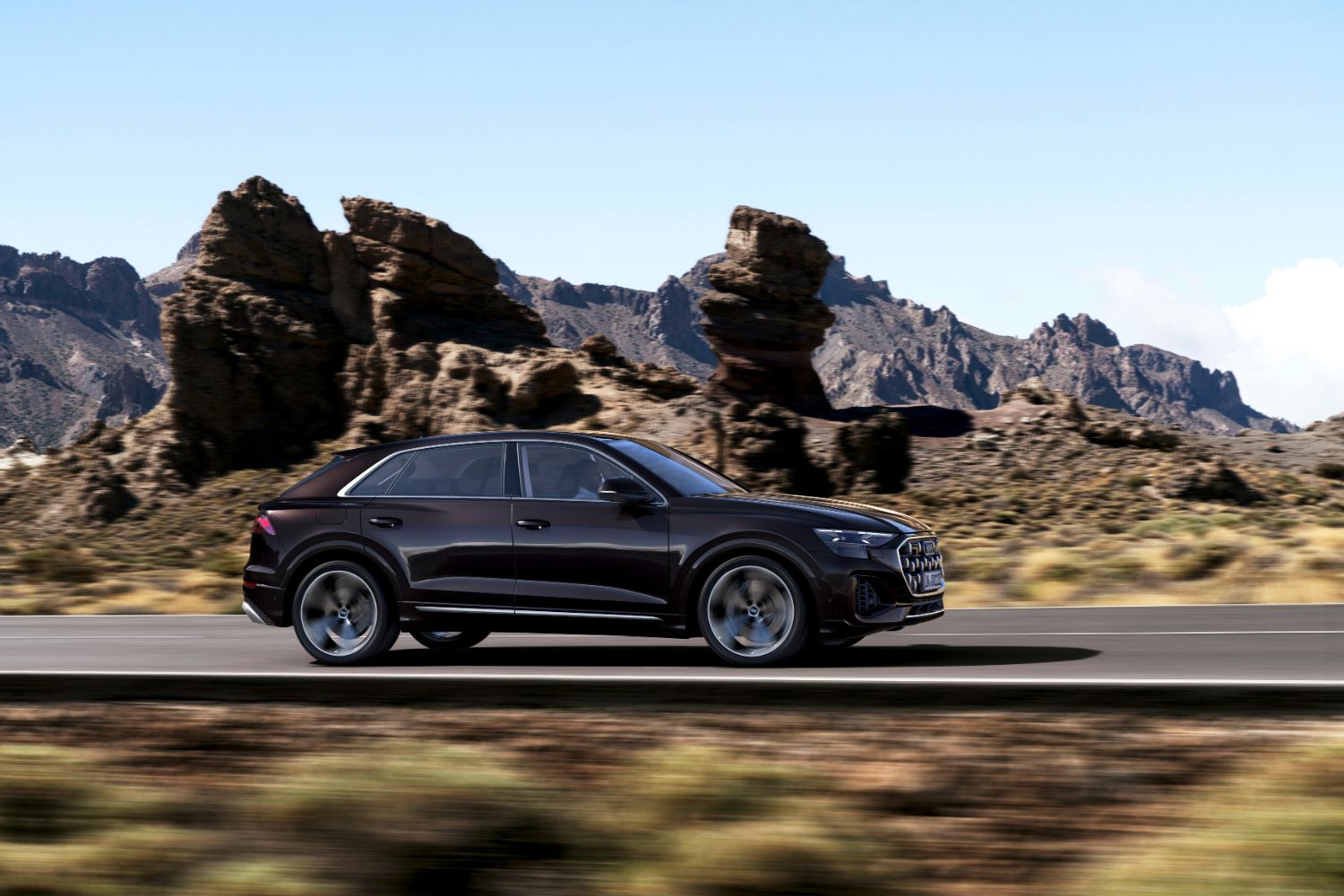Audi has updated the revamped Q7 and Q8 SUVs with fresh plug-in hybrid systems that offer greater efficiency and range from their rechargeable battery packs. The new models have already been revealed, but the plug-in versions of the two cars have just been introduced to the Irish market.
Bigger battery
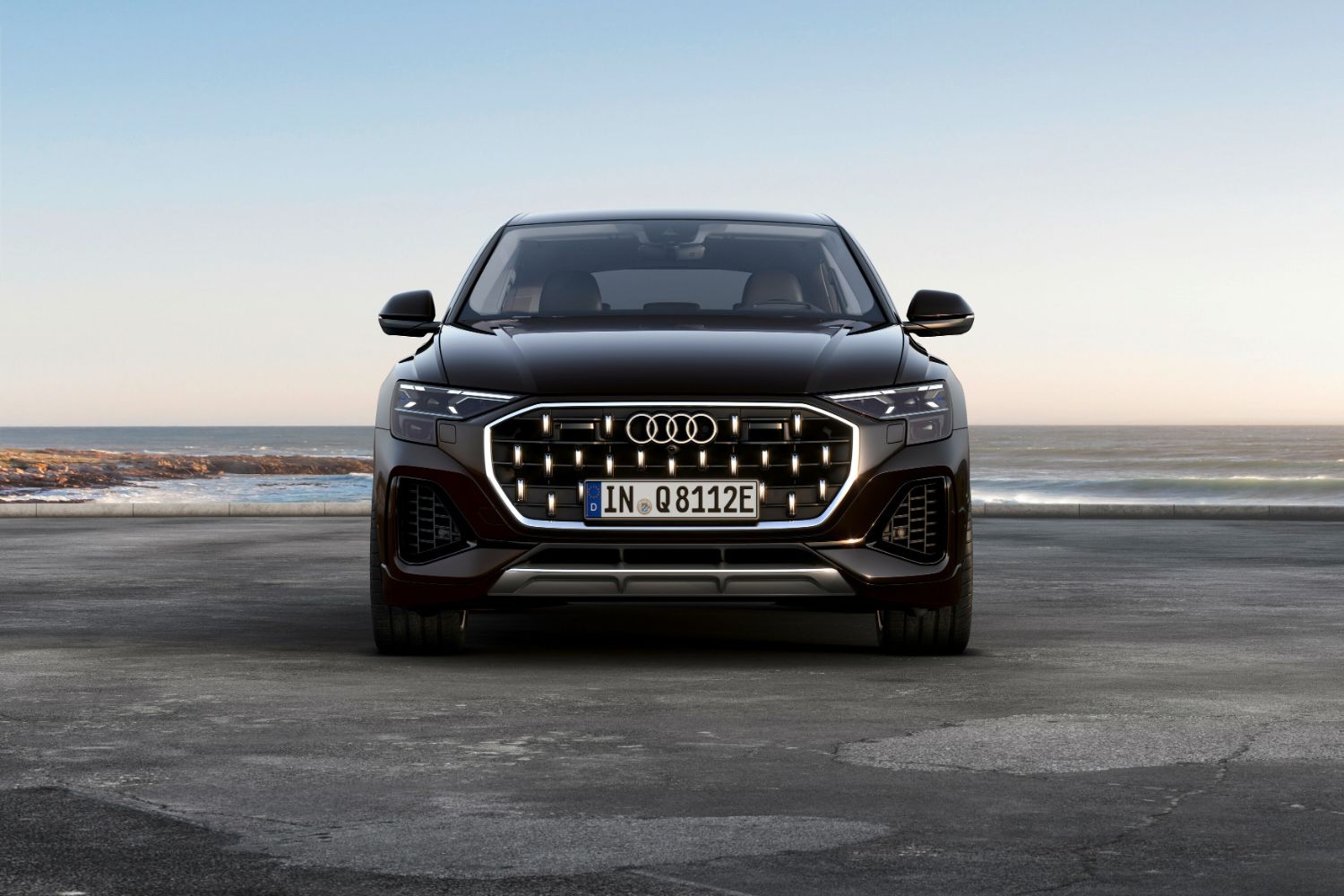
Despite their visual upgrades, which include changes to the headlights, grilles, and bumpers, the new Q7 and Q8 models continue with a choice of petrol, diesel, and plug-in hybrid powertrains. The third option has had the most serious update, although it still combines a V6 petrol engine with an electric motor and a plug-in battery pack. Both the new 55 TFSI e Quattro and the more powerful 60 TFSI e Quattro use 3.0-litre V6 petrol engines that produce 340hp all by themselves, plus an enlarged 25.9kWh battery pack and an electric motor, all of which drives all four wheels. While the 55 TFSI e Quattro gets a 177hp electric motor that takes the total combined output to 394hp, the 60 TFSI e Quattro’s more potent system offers 490hp. That means the 55 TFSI e Quattro models can go from 0 to 100km/h in 5.7 seconds, but the 60 TFSI e Quattro variants take just five seconds to achieve the same feat. More importantly, though, the bigger batteries give both variants of the Q7 and Q8 models a maximum range of up to 85km without troubling the petrol tank.
High efficiency
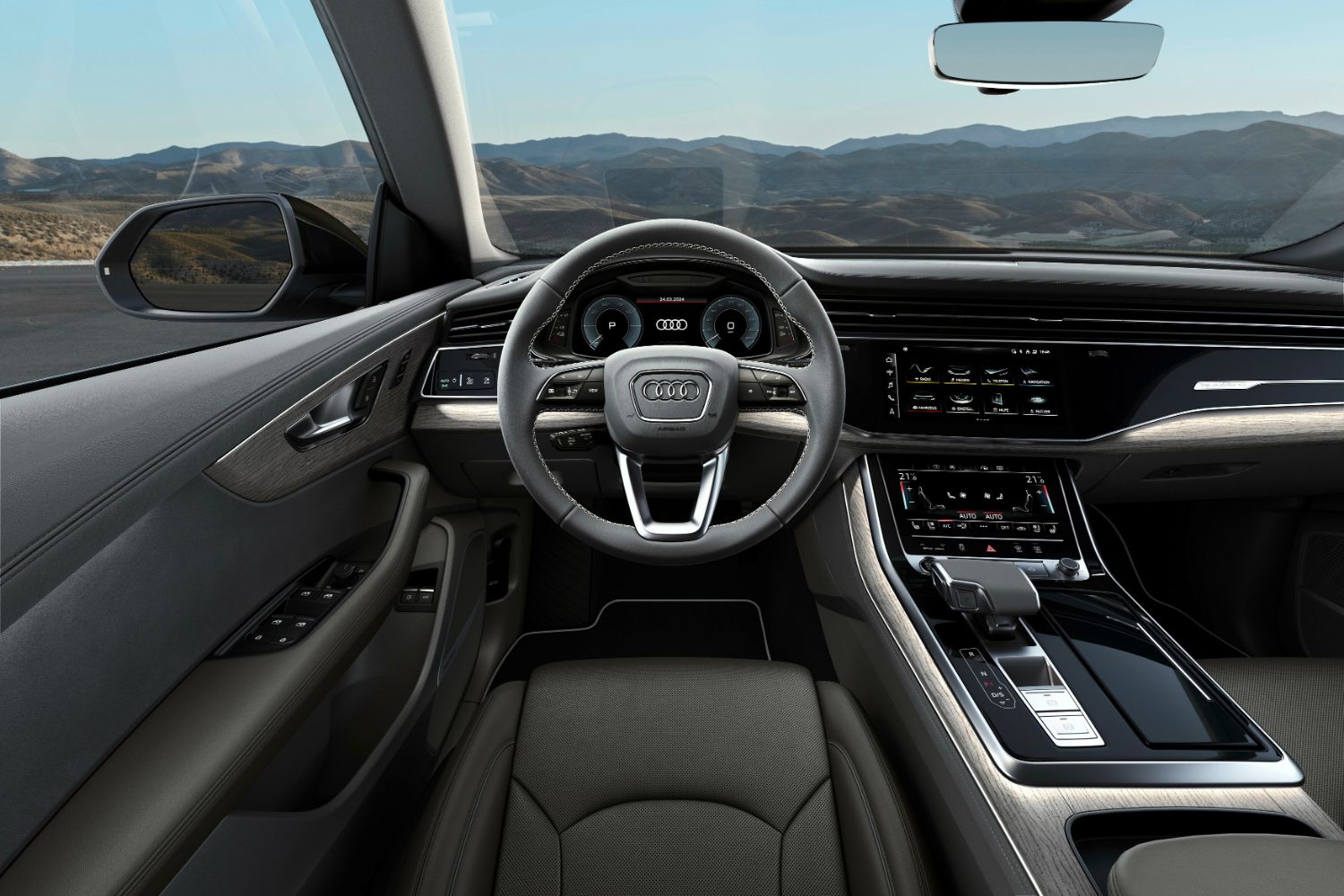
That increased range allows for an official CO2 emission figure of 28-33g/km for the Q7 and 27-37g/km for the Q8 55 TFSI e Quattro models, while the more powerful 60 TFSI e Quattros only increase those figures to 29-33g/km and 28-36g/km respectively. In terms of economy, the Q7 55 TFSI e Quattro’s official data suggests it’ll burn between 1.2 and 1.4 litres of unleaded every 100km, while the equivalent Q8 gets through 1.2-1.6 litres every 100km, although customers are unlikely to achieve such low fuel burn in the real world. With the battery discharged, the Q7 will use between 9.8 and 10.5l/100km while the Q8 uses between 8.9 and 10.9l/100km when the battery is depleted. As with the emissions figures, the 60 TFSI e Quattro is only fractionally less efficient, both with charge in the battery and without. When the battery is depleted, however, all four cars’ batteries can be topped up at speeds of up to 7.4kW using a domestic ‘wallbox’ charging unit, which allows the battery to be filled in three hours and forty-five minutes.
Electric performance
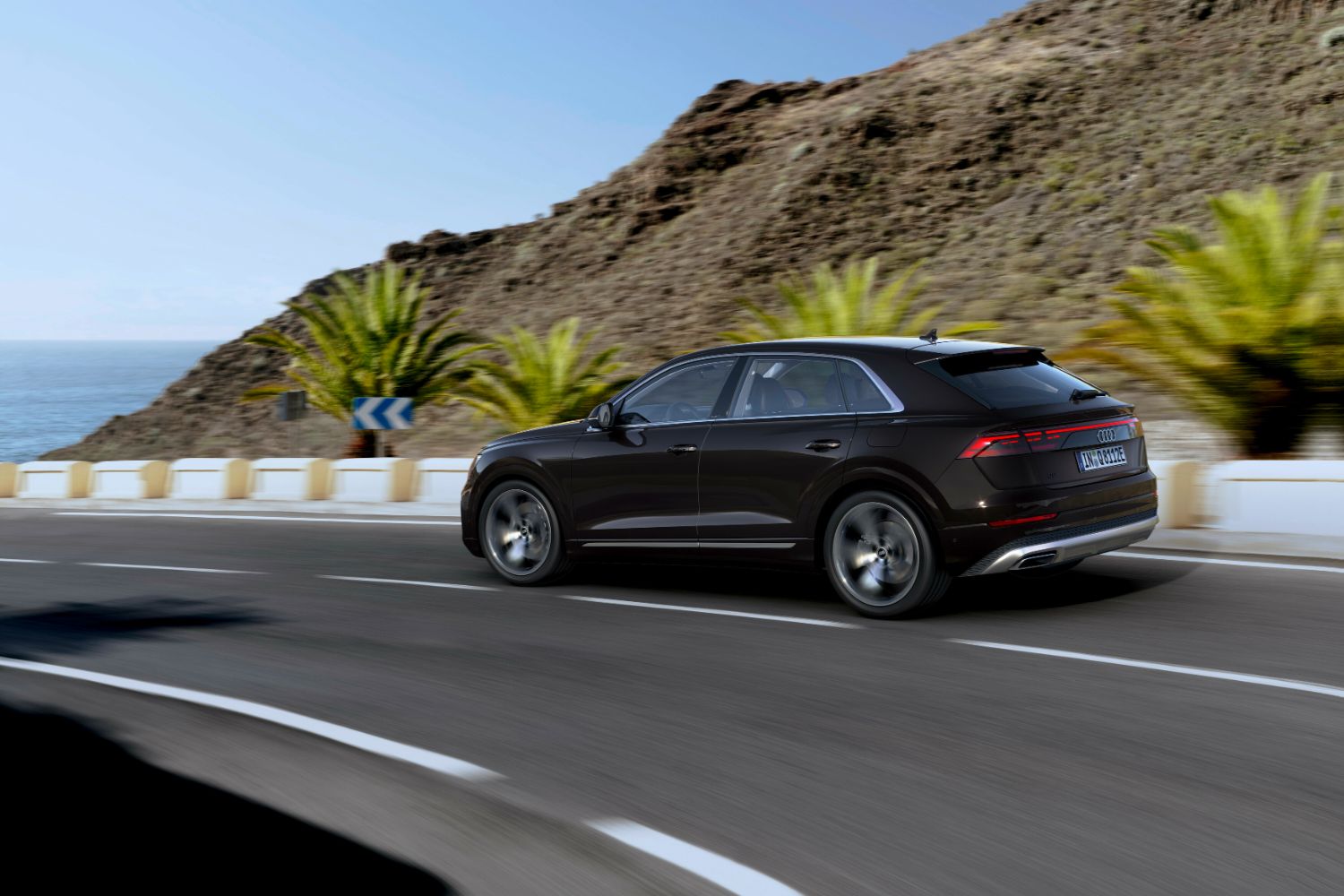
Although the plentiful output means no hybrid Q7 or Q8 will want for performance, that performance - and, to a degree, the economy - is controlled through the use of driving modes. The fully electric mode, for example, has been tuned to use only battery-powered propulsion no matter how hard the accelerator pedal is pressed, but the electric motor will only take the car on to a top speed of 135km/h. Combining the two motors in the hybrid modes allows the car to accelerate from 0-100km/h in five seconds flat, while the top speed is limited to 240km/h. The ‘hold’ mode allows the battery level to be maintained with the petrol engine doing most of the work, while the ‘auto’ mode balances the two propulsion systems for maximum efficiency at any given moment. Audi has also introduced new technology to charge the battery “intelligently” at speeds of more than 65km/h when in ‘charge’ mode. This system uses the petrol engine to top up the battery. The system also uses regenerative braking to maximise range, while the electric motor can also be used to fill in gaps in the petrol engine’s performance, such as during gear changes.
New chassis technology
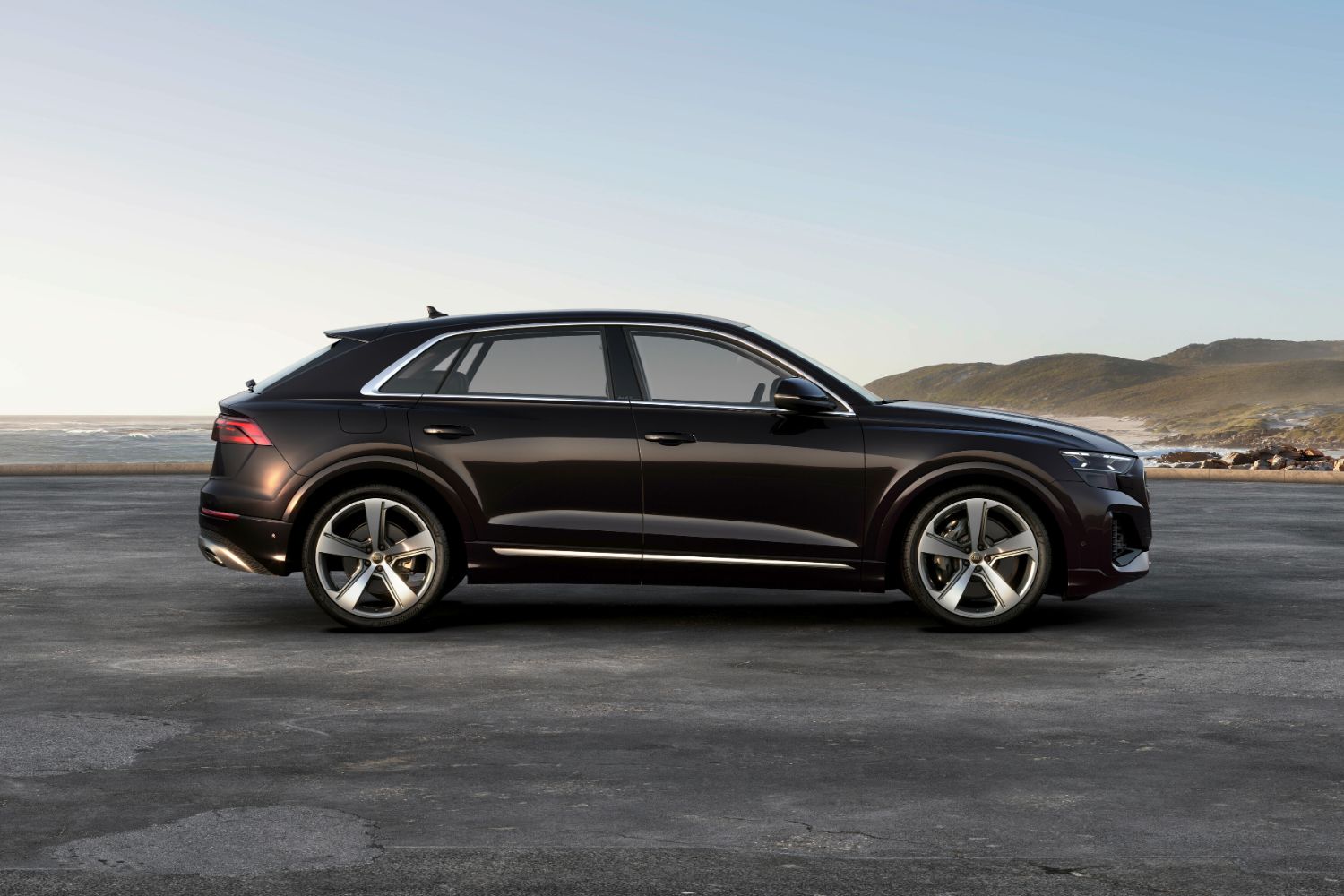
In addition to the new hybrid systems, the plug-in hybrid versions of the Q7 and Q8 have been given new suspension and steering tech, with 60 TFSI e Quattro variants getting air suspension as standard. All-wheel steering will also be available to provide a tighter turning circle at low speeds and greater stability at high speeds. Another addition is the optional active roll stabilisation technology, which puts a compact electric motor into the suspension system and uses it to stabilise the axles when driving, reducing body movement on uneven surfaces. Meanwhile, when driving more spiritedly, the system allows the car to lean less in corners.
Order books opening soon
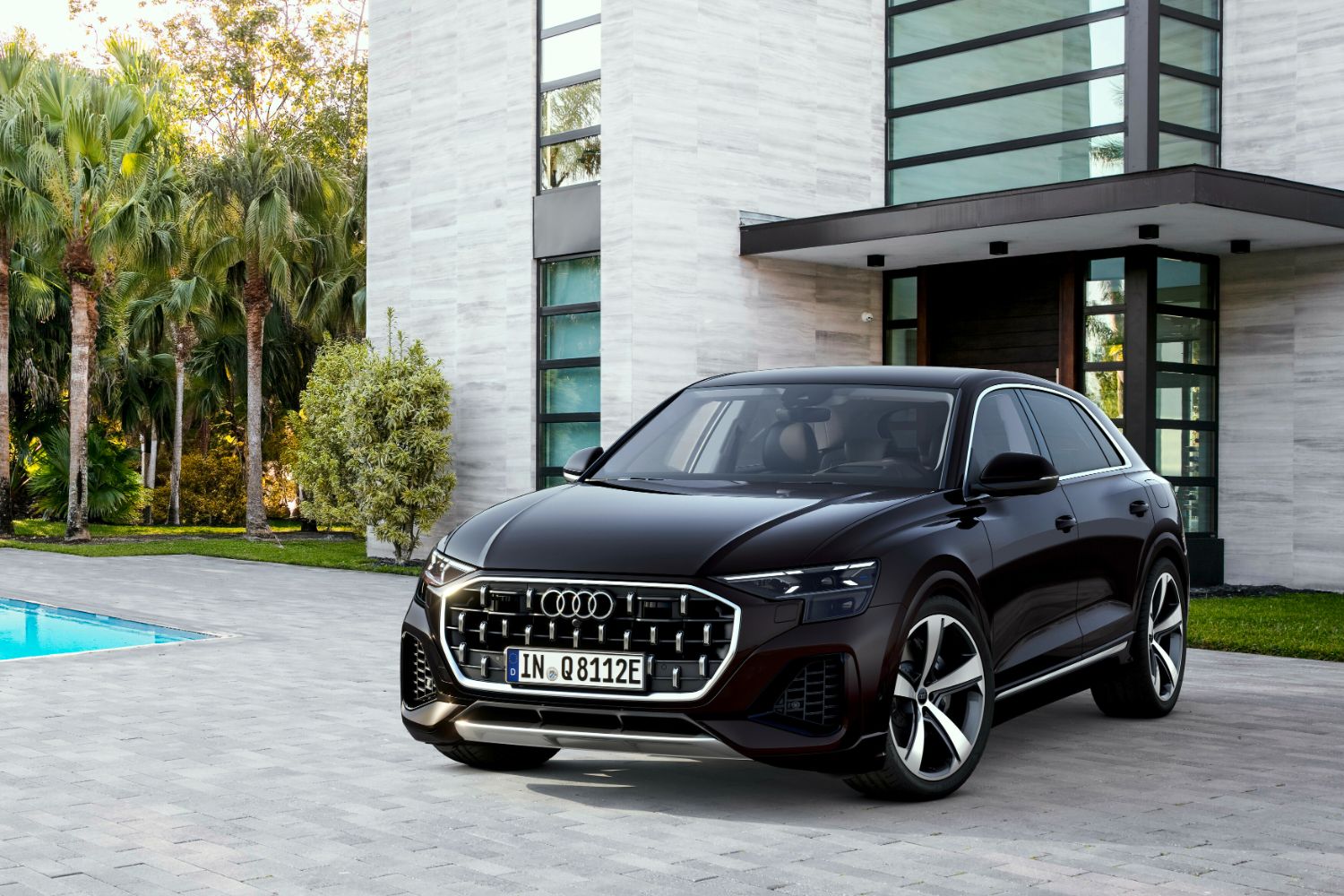
Audi has promised to open order books for the new plug-in Q7 and Q8 models at the end of April, with prices starting from €85,500 for the Q7 55 TFSI e Quattro and €96,000 for the more powerful Q7 60 TFSI e Quattro. The equivalent Q8 models will cost from €92,900 and €103,200 respectively.


